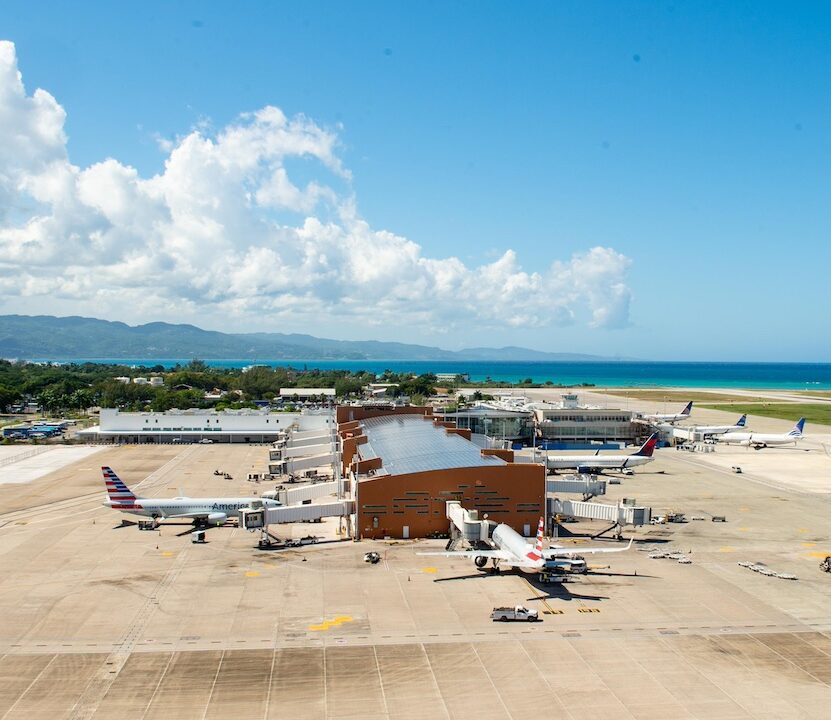
How Airport Concessions Optimization Improves Revenue and Passenger Experience
As airports evolve into major commercial centers, the importance of maximizing retail and food service performance continues to grow. Airport concessions optimization focuses on improving the efficiency, layout, and profitability of shops, restaurants, and other services within the terminal. A strong optimization strategy can enhance traveler satisfaction while increasing non-aeronautical revenue for the airport.
At the heart of concessions optimization is data-driven decision-making. Airports gather information about passenger flow, dwell time, spending habits, and sales performance to evaluate the effectiveness of their existing retail program. This data helps identify underperforming vendors, outdated layouts, and gaps in the service mix. Using these insights, airports can restructure or reassign spaces to better meet the needs of modern travelers.
Layout and design are critical components. Optimizing the physical space ensures that passengers naturally pass by retail and food outlets during their journey. Concession areas should be easy to navigate, visually appealing, and conveniently located near gates or common waiting areas. When passengers can access services without stress or confusion, they are more likely to make purchases.
Another key factor in optimization is the tenant mix. A successful program includes a balanced blend of local businesses and national or international brands. This offers travelers a combination of familiar options and unique local experiences. Airports also benefit from working with vendors that align with their brand values, such as sustainability or community support.
Operational efficiency also plays a role in optimizing concessions. Airports must ensure that vendors can operate smoothly, restock quickly, and serve customers efficiently—especially during peak travel hours. Improvements such as centralized kitchens, shared storage spaces, and streamlined vendor logistics can all help reduce costs and improve service speed.
Technology has opened up new opportunities in airport concessions optimization. Contactless payments, pre-order apps, digital menus, and automated kiosks are becoming standard features. These solutions reduce wait times, improve order accuracy, and enhance customer convenience. Real-time performance dashboards also help airport managers track sales and make adjustments quickly.
Concession leasing strategies are essential to long-term success. Airports must actively manage lease terms, performance expectations, and compliance. By setting clear benchmarks and encouraging innovation, airport authorities can create a dynamic commercial environment that keeps pace with changing traveler demands.
Passenger behavior continues to evolve, with a growing focus on wellness, sustainability, and personalized service. Concession programs should reflect these trends by offering healthier food options, sustainable packaging, and personalized promotions. Listening to customer feedback and adjusting offerings accordingly is a key part of optimization.
Beyond revenue, well-optimized concessions contribute to the overall airport experience. Travelers who enjoy quality dining and shopping are more likely to leave positive reviews, return in the future, and recommend the airport to others. This not only boosts brand loyalty but also strengthens the airport’s reputation in a competitive industry.
In conclusion, airport concessions optimization is about more than profit. It’s about delivering a seamless, enjoyable experience for every traveler while maximizing the commercial potential of terminal spaces. By combining smart design, strong vendor partnerships, and innovative technology, airports can create concessions programs that meet the needs of today’s passengers and tomorrow’s expectations.
Vantage Group
295 Madison Avenue, Suite 1125, New York, NY 10017
604-269-0080
https://www.vantagegroup.com/
Connect with us on your favorite platforms